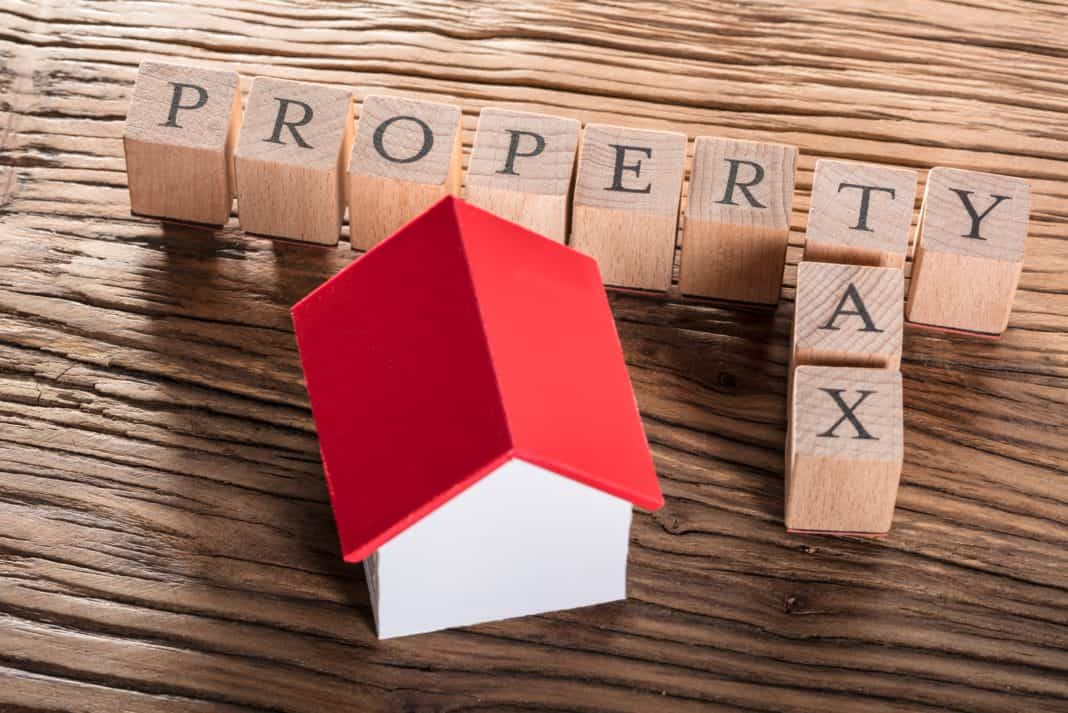A penny saved is a penny earned. This adage takes on new significance when a pandemic ravages the economy. One source of savings that business owners should consider is the possibility of reducing their property taxes.
Minnesota’s Three Approaches to Valuation
Real property is assessed at its market value, which is the price that could be obtained at a private sale or arm’s-length transaction. To determine market value, Minnesota courts generally recognize three basic approaches — the sales comparison approach, the cost approach and the income capitalization approach. Each approach is intended to reflect the behavior of market participants.
The Sales-Comparison Approach
Under the sales-comparison approach, the assessor compares the subject property to similar properties that have recently sold. To account for any differences, one of the adjustments an assessor makes is for market conditions. For example, if assessors use a sale from before the pandemic to value a property as of a date during the pandemic, they must make a market-conditions adjustment to reflect the worsening economy.
The Cost Approach
The cost approach operates under the principle that a rational, informed purchaser will pay no more for a property than the cost of acquiring or constructing an acceptable substitute with similar utility. Part of the cost approach considers entrepreneurial profit, which is the realized or expected profit of the project. But when a downturn in the economy erases any such opportunity, the value under the cost approach decreases.
The Income Capitalization Approach
Finally, the income capitalization approach assumes that the property is used as an investment, so the value is based on the property’s future earning power. To measure a property’s earning power, assessors use a capitalization rate, or “cap rate.” The cap rate converts the capacity to generate future benefits into a present value. At its most basic, a cap rate signifies risk. So greater risk leads to higher cap rates, and higher cap rates lower property values.
The cap rate reflects changes in the economy in at least two ways. First, the cap rate uses data from the sales and cost methods, so the declining economy’s impacts on the previous two approaches also affect the cap rate. Second, the pandemic has created significant uncertainty in the economy, thus raising risk and lowering property values.
Impacts of the Pandemic
We all feel the economic impact that the pandemic has caused. The three approaches to real property valuation validate and quantify those feelings. Additionally, Minnesota has a projected $1.3 billion budget shortfall for 2021. Government assessors are therefore in a difficult position of needing to increase revenue despite falling property values. Therefore, when property valuation notices come out in March and April, taxpayers should carefully consider whether their property is overvalued. If so, a property tax appeal is one way that a business owner could reduce fixed expenses when every penny counts.

